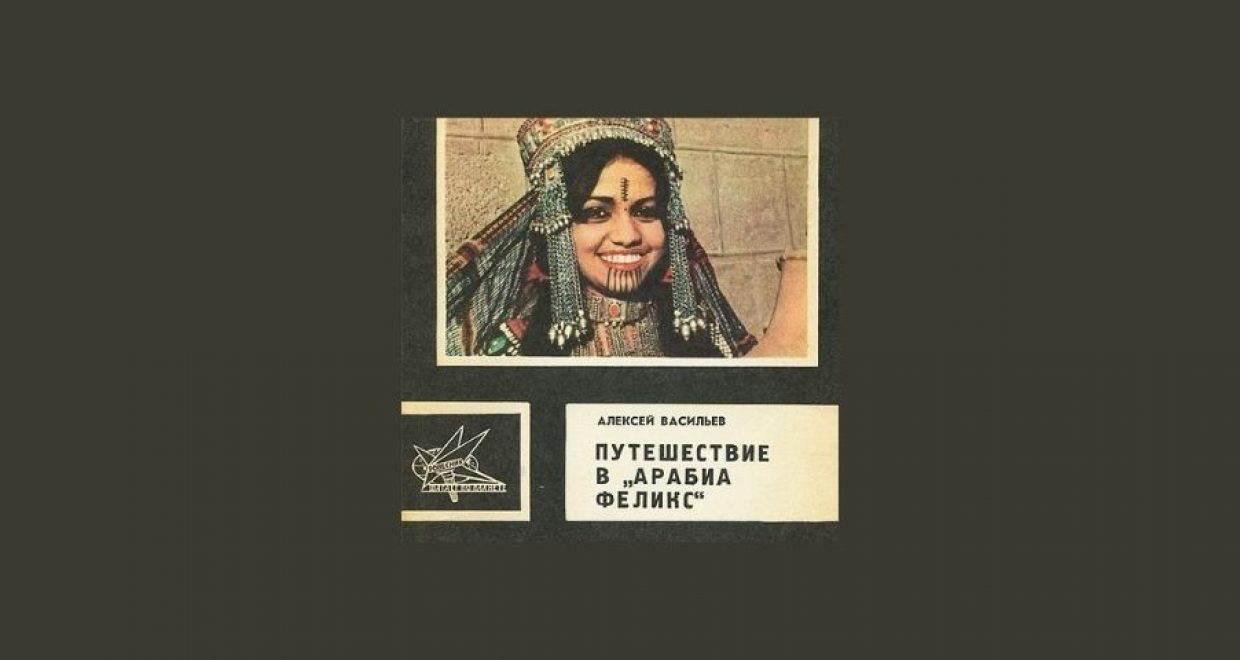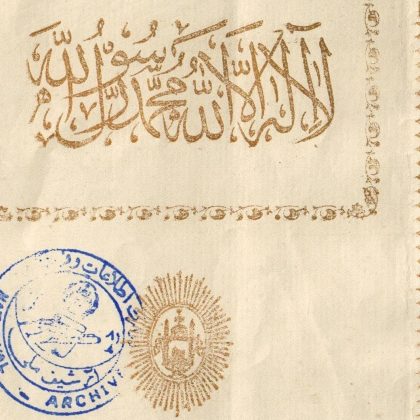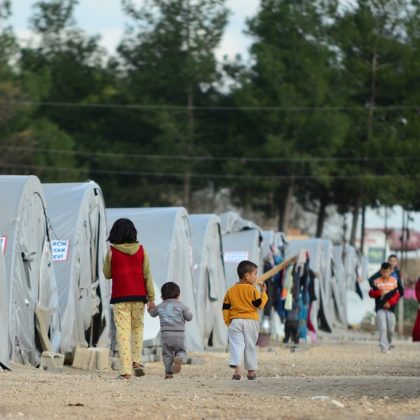Symbiosis and Revolution: The Soviet Encounter with the War in Dhofar
This article accompanies Philipp Casula’s Contemporary European History article Symbiosis and Revolution: The Soviet Encounter with the War in Dhofar
Part of the special issue Eastern European–Middle Eastern Relations: Continuities and Changes from the Time of Empires to the Cold War
Today Russia seems firmly back as a player in the Middle East. This is particularly due to Russian intervention in the Syrian civil war, which changed the odds of the conflict and resulted in an established presence of Russian troops in Syria. Together with Iran and Turkey, Russia now has strong leverage on the fate of the country. Russia’s presence in Syria today, however, is rooted in a long-standing engagement of Moscow in the Middle East that goes back to Soviet times. Syria was a close ally of the Soviet Union, and many more countries, organisations and movements in the region relied on Soviet support. One of these countries was the People’s Democratic Republic of Yemen (South Yemen) and one of these movements was the Popular Front for the Liberation of the Occupied Arabian Gulf (PFLOAG). South Yemen had modelled its political system very closely along the lines of the Soviet model and was highly dependent on the material support provided by the Soviet Union. Also, the ideological alignment was strong. South Yemen was eager to spread its socialist revolution into the Gulf area. Hence, it supported the PFLOAG and its efforts to ‘liberate’ the region of Dhofar and overthrow the Omani regime.
My article, ‘Symbiosis and Revolution: The Soviet Encounter with the War in Dhofar’, discusses how the Soviet Union perceived and related to this revolutionary movement. I analyse this specific Soviet encounter using selected Soviet material from published and archival sources. The article highlights how Soviet journalists, policy makers and academics assessed prospects for socialism in Yemen, and how they interacted with their partners on the ground. I start by analysing the theoretical debates in Soviet academia on the prospects for socialism around the globe. In the 1960s and 1970s, after initial enthusiasm for revolutionary movements in the developing world, there were increasing doubts in the Soviet Union over to what extent national liberation and socialism were interdependent. Generally, Soviet observers were not willing to accept heterodox views of socialism, and they doubted that certain countries could achieve socialism at all. In a second section, I contrast these theoretical views with the Middle Eastern socialist theories during the Cold War that drew on many sources, not only on Soviet ones, and which prioritised national liberation over socialism. In the final part, I analyse my actual case study. I draw on the writings of one of the most renowned Russian experts on Yemen, Alexei Vasil’ev, who reported for Pravda about the Dhofar War and who authored various books on the topic. I also use archival material, especially the correspondence between the Soviet Afro-Asian Solidarity Committee (SKSSAA) and its Yemeni counterparts.
What I show is that, due to an Orientalist take on South Yemen and Dhofar, the Soviet side widely failed to appreciate the political importance and potential of socialist currents in the Middle East, reducing cooperation to a selfish ‘pragmatism’. This pragmatism, however, was reciprocal. Soviet observers learned few things from their interactions with their Middle Eastern partners, sticking to the fulfilment of their own interests and to their view of the world. In turn, their Middle Eastern partners tried to get whatever support they could receive to stay in power, paying lip service to Soviet socialism whenever needed. Hence, while Russia today may well draw on the experience it gained in the Middle East in the past, it remains doubtful whether it meets its partners, such as Syria, on equal terms today. As in the past, Russia delivers material support; however, it has little interest or incentive to understand its partner.
Read all articles in the special issue
Main image provided by the author.






